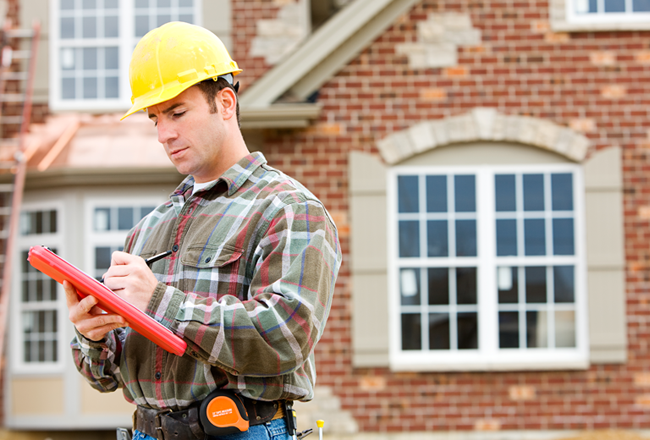One of the potential hidden costs associated with older, foreclosed or distressed homes may be a higher homeowners insurance premium. Here’s a glimpse at some of the potential causes behind the calculations:
Does your house have a history?
Filing a claim doesn’t automatically increase your insurance premiums, but a history of frequent claims or incidents could. Before you buy a resale home, ask the seller for a C.L.U.E. (Comprehensive Loss Underwriting Exchange) or A-Plus report to investigate a history of the property’s insurance claims and losses. If the home you’re eyeing seems accident prone, that should raise red flags for you, not just your insurance carrier.
The buzz on your wiring.
Many older homes weren’t built to handle the power needs of today’s homeowner. There simply may not be enough outlets and circuits for all the computers, televisions and other appliances we use daily. Even if there are, the circuits may not have been designed for modern demands or with modern protections.
Overtaxed electrical systems can cause more than the inconvenience of a tripped circuit breaker or blown fuse. They could also pose a potential fire hazard—especially if homeowners daisy-chain power strips or extension cords to make up for a lack of outlets. Insurance companies recognize that a new home’s modern wiring has been installed under current and stricter safety codes.
Heating is another hot topic.
While you may be willing to live with higher energy bills and maintenance costs, your insurance agent can’t overlook the potential fire risk associated with older furnaces and boilers. Many new homes have sealed combustion furnaces and water heaters where gas is powered, reducing the risk of harmful gasses, such as carbon monoxide, spilling into the conditioned spaces.
Sorry to be a wet blanket.
But let’s face it: older plumbing is more prone to failure. Since leaky or burst pipes can cause thousands of dollars in water damage, insurance carriers may charge a higher premium to offset the higher risk. Older plumbing systems may also contain lead-based solder, flux or pipe. It wasn’t until 1986 that plumbing systems were required to be lead-free, and it wasn’t until 2014 that all faucets and valves that come into contact with drinking water needed to meet a safer, stricter standard.
The same is true of your roof. If it’s old or in disrepair, expect increased premiums. You may have difficulty finding an insurance carrier who will insure the home at all. New homes often come with a roof warranty, which makes it easier to keep your roof in good condition. New home builders also typically provide many of the items inside the home with applicable warranties, such as the kitchen appliances, air conditioner and furnace.
Simply irreplaceable?
You see charming wainscoting and crown molding, leaded glass and solid wood doors. Your insurance company sees hard-to-match materials and a hefty bill from a restoration specialist. Before you set your heart on an older home, ask yourself whether it’s really worth the extra upkeep or the potential increase in insurance premiums. Often, the look you love can be found in a new home, using modern components that are much easier and more cost effective to replace.
No surprises.
Believe it or not, asbestos and other toxic building materials, such as lead-based paint, are not uncommon in older homes. In March 2012, the U.S. Senate designated the first week of April “National Asbestos Awareness Week” to educate Americans about this hazardous substance, commonly used in residential construction materials until the 1970s, and even (more rarely) as recently as the early 1990s. A 1989 attempt by the EPA to issue a final rule banning most products that contain asbestos was overturned in 1991. As a result, the 1989 regulation only bans products containing asbestos used for the first time after 1989.
Even if you believe your home is asbestos-free, you may be required to do special testing or provide documentation to prove it before drywall, flooring, duct or other renovation or repair work can be done on homes built before the 1980s, or even as late as 1988. Such testing usually isn’t covered by homeowners insurance and could cause work delays. If testing does find asbestos, be prepared for an abatement process expense that generally isn’t covered by your policy.
Safety first!
Safety features like smoke and carbon monoxide detectors, security systems and a community gate can sometimes lower your premiums. These features are often available in new homes and neighborhoods.
Buying a home soon? Whether you’re buying new or resale, it’s a good idea to shop insurance companies to see what rates you can expect. Our affiliate, American Home Insurance Agency, Inc. (AHI), can simplify that process for you. They gather quotes from a wide variety of insurance carriers and can help you find the best fit for your needs and budget. Learn more




